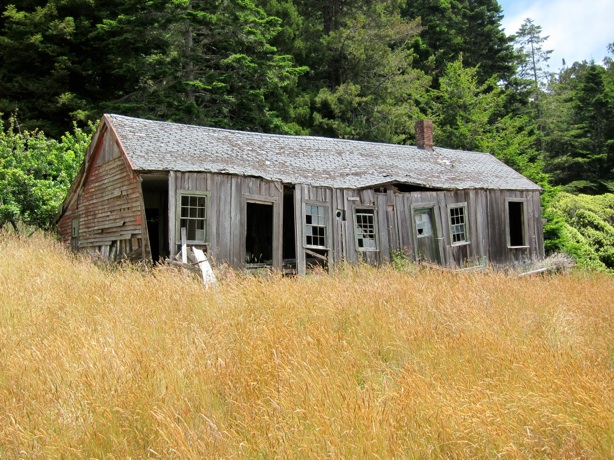Stations



“To decompose is to live too, I know, I know, don't torment me, but one sometimes forgets. And of that life too I shall tell you perhaps one day, the day I know that when I thought I knew I was merely existing and that passion without form or stations will have devoured me down to the rotting flesh itself and that when I know that I know nothing, am only crying out as I have always cried out, more or less piercingly, more or less openly. Let me cry out then, it's said to be good for you. Yes let me cry out, this time, then another time perhaps, then perhaps a last time.”
Molloy, Samuel Beckett
The stations series began by dividing my experience and memory into discrete episodes or stages, like the Stations of the Cross divide the passion of Christ. For each piece these episodes were packaged together in a suggestion of some kind of container. The spiraling figures in Case reminded me of Bosch or Breughel, but a writer friend said “Beckett”, and of course she was right. I found a Beckett quote from Molloy that describes this series well. I’m sure Beckett was also thinking of the Stations of the Cross, and he used the word passion in its original sense of suffering and enduring. The inevitable entropy of life is held off by the structure of working to create local order. All the better if that effort is a mite as funny as Beckett. The photos from Stewarts Point that I use as icons for the series capture that tension between form and dissolution. Merely existing, knowing nothing, each object is another outcry against, and into, the abyss.
Untitled (Stewarts Point, California), 2010

(I had intended that there be fourteen pieces in Stations, but after nine it occurred to me that I should make the sculpture songs into “music videos”, or short movies combining sculpture, song, and performance. Consequently, the last five pieces in the series are movies.)







